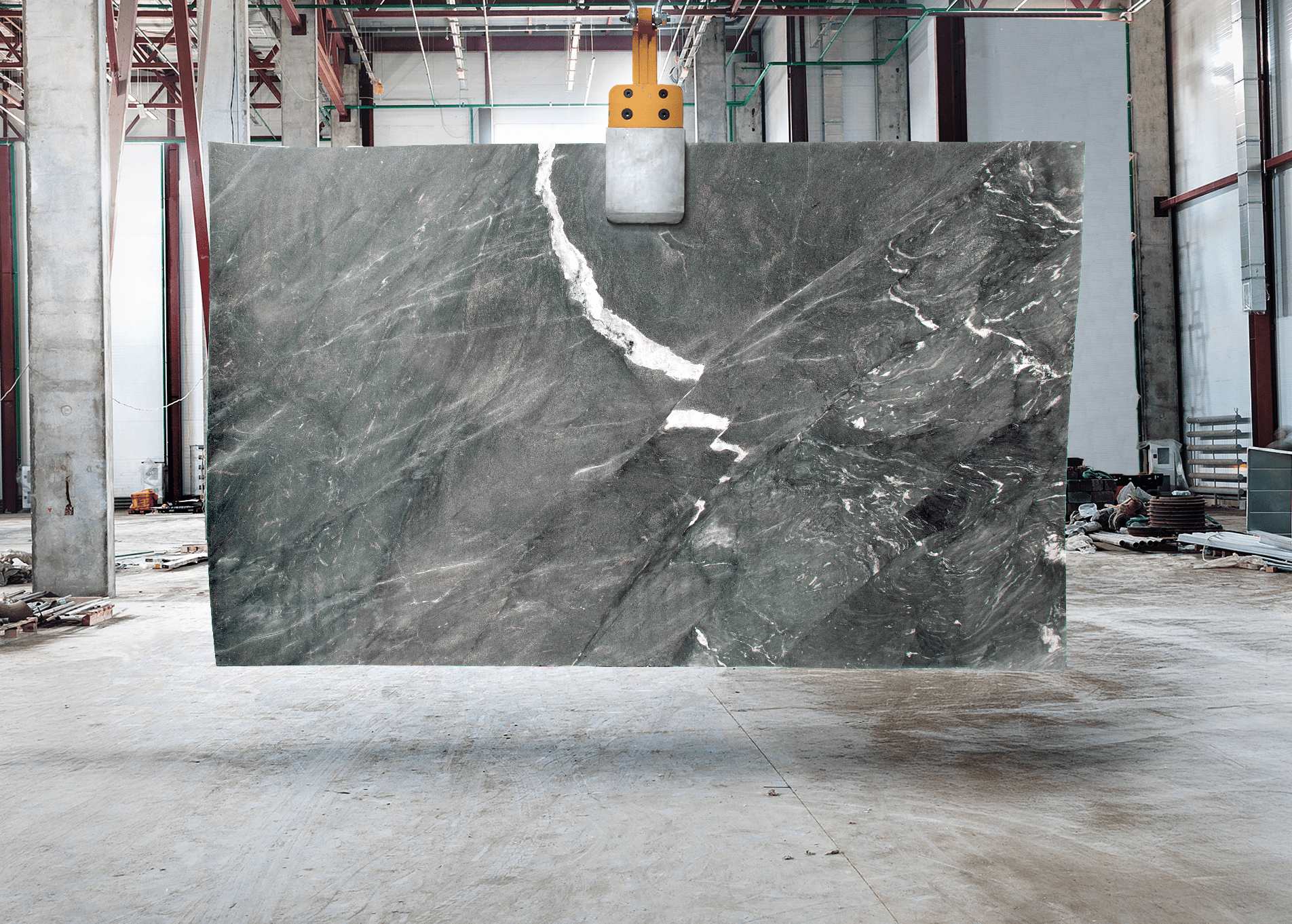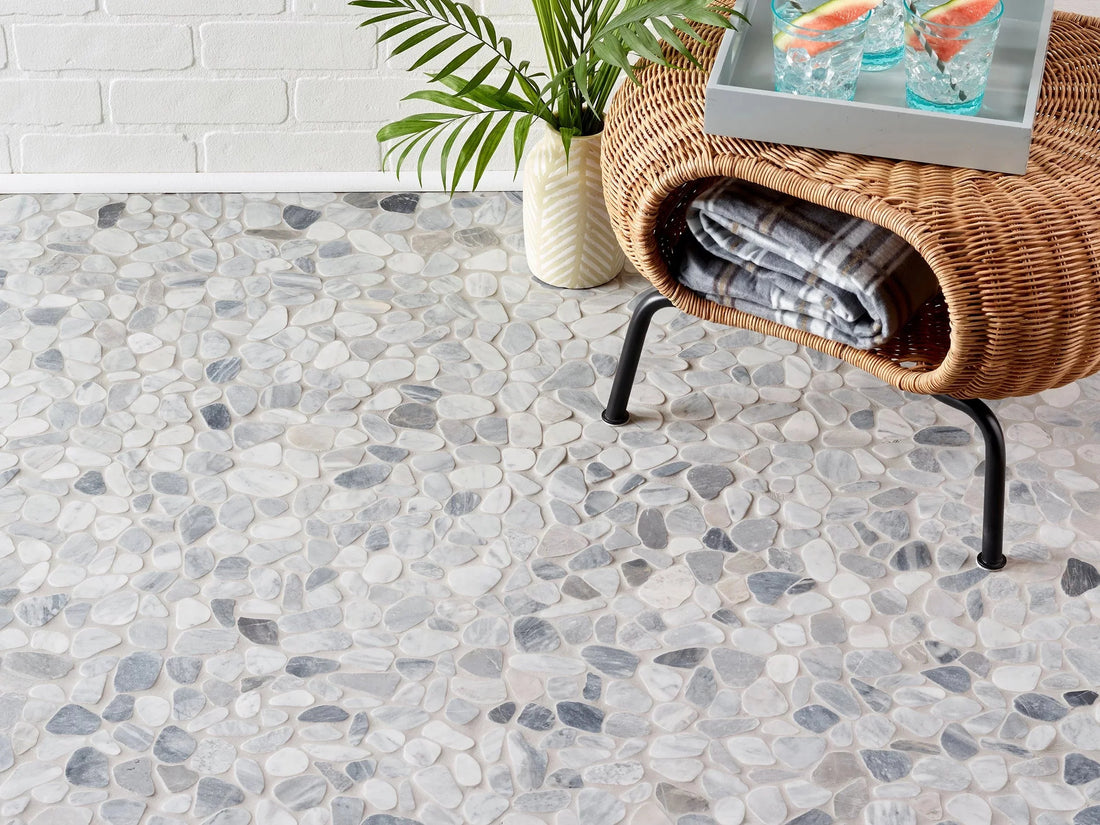When you’re planning a kitchen remodel, designing a stunning entryway, or dreaming up your next bathroom upgrade, the term “natural stone slab” comes up again and again. But what exactly are natural stone slabs, how much do they cost, and are they right for your space? Here’s a straightforward guide to help you make the smartest choice—without the industry jargon.
What Is a Natural Stone Slab?
A natural stone slab is a large piece of wall or floor covering made from natural materials like marble, limestone, granite, and more. Unlike factory-made tiles, each slab is unique: color, pattern, and even surface texture can vary from one piece to the next. That’s part of their appeal—no two projects ever look exactly alike.
How Expensive Is Natural Stone?
When it comes to price, natural stone covers a wide range. Depending on the species, costs can run from $75 per square foot up to $300 per square foot. Exotic stones, rare marbles, and highly decorative slabs (think Onyx or slabs with Onyx chunks) are on the high end, thanks to their unique looks and even features like light transparency, which allow for backlighting effects.
Is Natural Stone Cheaper Than Tile?
Let’s get this out of the way: natural stone is generally more expensive than factory-made tiles. Most porcelain and ceramic tiles are mass produced, which helps keep their prices lower. With stone, you’re paying for the rarity, natural beauty, and the intensive quarrying and finishing process.
How Much Does It Cost to Install a Stone Slab?
Installation costs can vary dramatically depending on the size of the project and the type of slab you choose. Labor, transport, edge work, and preparation all play a role. It’s best to get a custom quote for your specific space and application, but expect a premium compared to tile installs due to the weight, complexity, and expertise required.
Is Natural Stone More Expensive Than Granite?
This one trips up a lot of buyers. Granite is actually one of the most popular types of natural stone. When you’re comparing costs, granite tends to be more affordable than rare marbles or onyx but can be pricier than standard tiles or some common stones.
What Are the Disadvantages of Natural Stone Flooring?
While natural stone is timeless and beautiful, it isn’t 100% maintenance-free. Most natural stones are medium to low maintenance in terms of cleaning and waterproofing—you’ll need to seal some varieties regularly to prevent staining or water damage. Marble and limestone, for example, can be more porous and may require more attention.
Stone vs. Tile Flooring: Which Is Better?
The answer depends on where and how you’ll use it. For wet or high-traffic areas, like bathrooms or busy entryways, porcelain tiles might be a better fit—they’re durable and less prone to water absorption. For mild traffic and low humidity areas, natural stone delivers unmatched appeal and character.
What Are Cheaper Alternatives to Tile or Stone?
If you love the look and feel of stone but want something more budget-friendly, terrazzo tiles are a fantastic option. Made from a blend of marble chips and cement (or resin), terrazzo delivers a unique, colorful surface that’s long-lasting and easy to maintain—all at a more accessible price point. Plus, terrazzo works in almost any space, from kitchens and bathrooms to high-traffic hallways.
Explore our terrazzo tile collection for more inspiration and design ideas.
How Do You Tell If Natural Stone Is Real?
With today’s technology, some manmade tiles can mimic the look of natural stone almost perfectly. However, real natural stone stands out with unique veining, color variation, and an uneven surface. A pro tip: Check the side of the tile. Many porcelain and ceramic tiles have a white or red clay body under their surface pattern, while real stone is solid all the way through.
What Are the Most and Least Expensive Natural Stones?
If you’re aiming for luxury, Onyx and high-end marble slabs—like Carrara Statuarietto, Bianco Carrara, or Calacatta Viola—tend to be the most expensive. These stones often feature spectacular light transparency or unique coloring that makes them centerpieces for both day and night, especially with backlighting. On the more affordable end, standard granites and some marbles offer natural beauty without the designer price tag.
The Bottom Line: Is Natural Stone Right for You?
Natural stone slabs bring one-of-a-kind style, impressive durability, and real value to any space. They cost more than standard tiles, but for many, the investment is worth it for the timeless look and long-lasting performance. Be sure to balance your budget, maintenance preferences, and style vision as you make your choice.
Curious about which stone is right for your project? Check out our collection at Cemento Collection, or reach out for expert guidance and a custom quote.










